Your behind-the-scenes look into Israeli Wine Direct and the re-emerging Israeli wine scene!
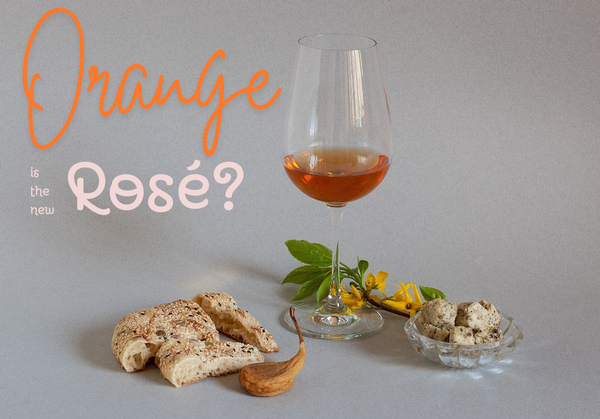
Orange wine has become a rising star in the world of wine, offering a captivating adventure for curious palates. But what exactly is it, and why is it suddenly all the rage?
Orange is somewhat akin to rosé, but sits within its own category. One way to understand it is as a "rosé inversion." Typically, rosé is crafted from red grapes with minimal skin contact, giving it a light pink hue. In contrast, orange wine uses white grapes, but the skins are left in the juice during fermentation, similar to red winemaking techniques. This extended skin contact is what gives orange wine its distinctive color and flavor profile.
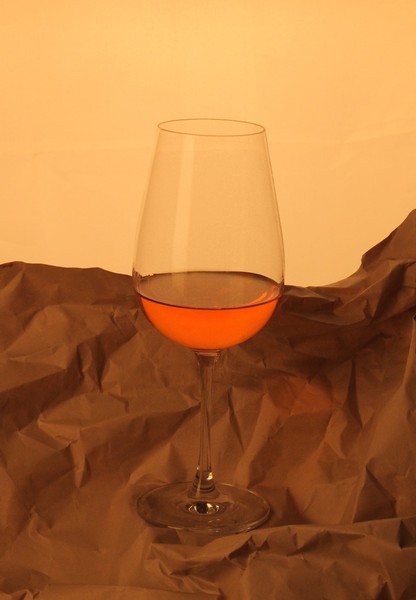
Orange wines boast incredible diversity, making them a captivating adventure for the taste buds. Unlike standardized white, red, and rosé production, orange wine is currently experiencing a period of unmatched flexibility in crafting. Any white wine grape varietal could be used. The length of skin contact determines the spectrum, with orange wines ranging from light and refreshing to bold, rich, and complex, mirrored in their captivating colors that span golden-orange to deep amber and copper. With all sorts of styles and flavors to explore, wine lovers of all palates can find a perfect orange wine for themselves.
Orange wine's complexity goes beyond color. The flavor profile is remarkably diverse, ranging from refreshingly floral, fruity, and citrusy styles to more complex expressions. With their nuanced profiles, these wines offer a surprising array of aromas, including tropical fruits, orange zest, ripe sweet apples, honey, hazelnuts, juniper, green tea, and herbaceous hints. This rich tapestry of flavors makes a single, definitive description challenging. Orange wines are so versatile that even if you dislike one, you might just fall in love with another.
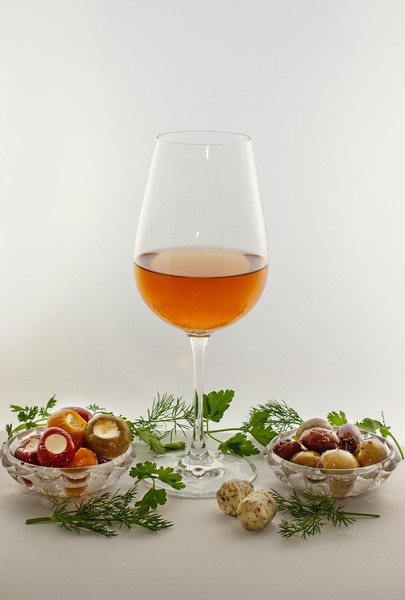
Being neither white nor red wines, orange wines excel at food pairings. They are bold enough for beef, but their delicate notes complement fish beautifully. Often dry with a touch of tannin and a full mouthfeel, they pair perfectly with Indian curry or spicy Moroccan cuisine. The vibrant acidity in orange wine cuts through the richness of fermented ingredients found in Korean and Japanese dishes. Truly a culinary chameleon, orange wine tackles strong-flavored dishes that can pose a challenge for other wines.
Orange wine's rise in popularity isn't just about its unique taste. The very fact that it's crafted from diverse grape varietals and boasts a unique character sparks conversation. Orange wine drinkers tend to be a curious bunch – inquisitive enthusiasts eager to learn. Ordering a glass becomes an invitation to explore, prompting your server's questions about your preferences and opening a gateway to a deeper understanding of the wine world. One could even say orange wine is the most social of beverages within the wine world.
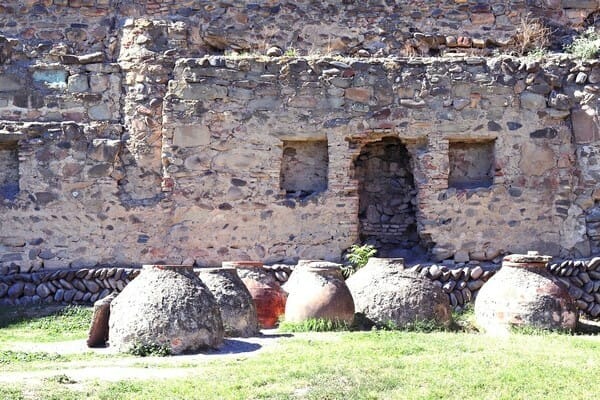
Orange wine's recent interest might make it seem like a new invention, but surprise! The techniques behind these intriguing wines stretch back an incredible 6,000 years, originating in what is now the country of Georgia. After all, Georgia and the Caucasus region proudly claim the title of birthplace of wine and winemaking. Orange wines, therefore, offer a unique window into ancient winemaking.
Georgian winemakers used massive clay vessels called qvevri, buried underground for natural temperature control. This slow fermentation process, a cornerstone of Georgian winemaking to this day, imbues orange wines with their distinctive character. The grape of choice in Georgia is Rkatsiteli, an indigenous varietal renowned for producing wines with a deep, reddish-orange hue. Though internationally known as "orange wine," Georgians, the originators of this style, refer to it as "amber wine." Order it by this name next time for a touch of connoisseur cred!
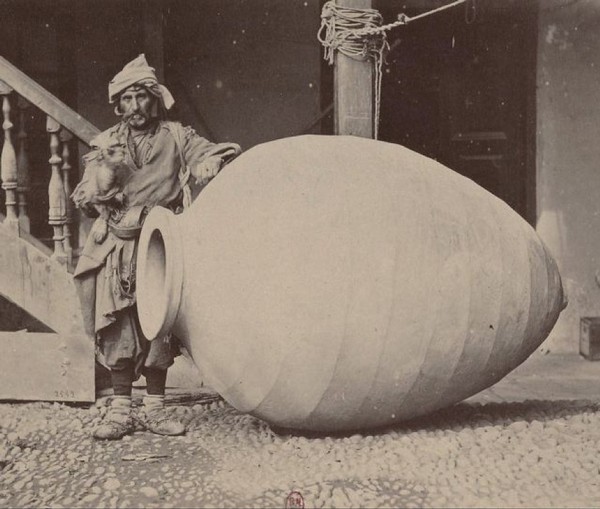
So these days we’re just re-inventing the great things of the past. Along with Georgia, today’s leaders in producing orange wines are Italy and Slovenia. This style has created a splash worldwide and is now found in many regions. In France, the Jura region boasts some well-regarded orange varieties. The New World has embraced the trend as well, with experimentation flourishing in Australia, Chile, California, and beyond.
Speaking of ancient traditions, Israel, a land steeped in wine history, is also exploring the world of orange wines. While Israeli orange wines are still a rarity in the U.S., a recent arrival, Ramat Negev Orange, offers a promising example. Hailing directly from the sun-drenched Negev desert, this harmonious blend of Pinot Gris and Semillon grapes yields a wine boasting a sunny orange hue, mirroring its desert birthplace. It's definitely worth trying!
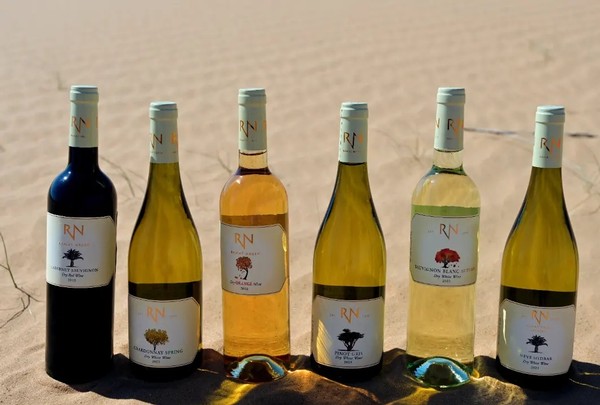
It turns out our current favorite is actually nothing new under the sun. The enduring human quest for delicious discoveries has been going on for millennia and shows no signs of stopping. So why not join this exciting journey?
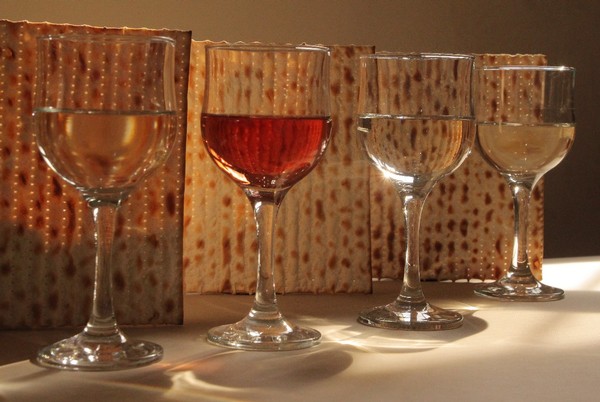
Wine boasts a rich history within Judaism, with archaeological evidence throughout Israel confirming its production thousands of years ago. Kosher wine is a product deeply rooted in tradition and spirituality. Jewish law dictates specific requirements for wine used in religious ceremonies. To be considered Kosher, the wine must follow kashrut, a set of Jewish dietary laws. This ensures its ritual purity and involves observant Jews overseeing every step of production, from crushing the grapes to final bottling.
Don't be misled by the term "Kosher wine” – it can be just as delicious and varied as any other type of wine. Made from a range of grapes, Kosher wines come in all the familiar styles: red, white, rosé, dry, sweet – you name it. The winemaking process itself, from fermentation to aging, is also identical to non-Kosher wines. So, what makes a wine Kosher? It simply means it adheres to a set of religious regulations. The focus on quality remains the same – the grapes, the climate, the soil, the sunshine, and the expertise of the winemaker are all paramount. In fact, many Kosher wines produced today are considered premium, offering deeply pleasurable experiences for your palate.
A small percentage of Kosher wines undergo a heating process called 'mevushal,' meaning "cooked" in Hebrew. This allows anyone, not only observant Jews, to handle an opened bottle without affecting its Kosher status. In the past, mevushal wines were indeed boiled, sacrificing flavor. Today, a gentler flash-pasteurization method heats the wine to 175°F and rapidly cools it to 60°F, minimizing the impact on taste.
To qualify as Kosher for Passover, wine must meet stricter requirements than regular Kosher wine. Since Passover forbids the presence of hametz (leavened grain products), Kosher-for-Passover wines must come from facilities entirely free of bread, dough, grains, and leavening agents. This extends to the clarification process, where the specific mold used cannot have been grown on grain. Sugar or fruit-based mold are acceptable alternatives. While this may seem like a more intricate production process, it doesn't affect the final taste of the wine. In Israel, many Kosher wines hail from small, boutique wineries. They often embrace sustainable practices, using organically grown grapes and crafting their wines with meticulous attention to both Kosher standards and exceptional quality.
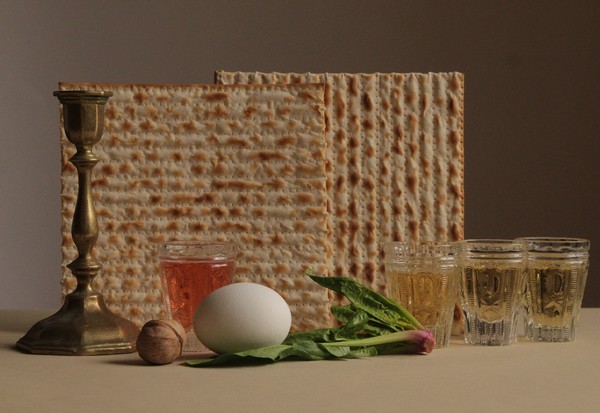
This week, as we celebrate Passover, no Seder dinner is complete without wine. The Seder wine carries great significance, symbolizing the Jewish people's journey from slavery to freedom. The four cups of wine, consumed throughout the ceremony, are steeped in layers of meaning.
The most prominent meaning connects each cup to a stage in the Israelites' liberation from Egyptian slavery, as recounted in the Exodus story. But the symbolism goes deeper. Another interpretation links the four cups to the four holy mothers: Sarah, Rebecca, Rachel, and Leah. Their strength and resilience are seen as foundational to the Jewish people's very existence and, ultimately, their redemption.
Further interpretations connect the four cups to the four symbolic foods of the Seder plate: bitter herbs (maror) that represent the bitterness of slavery; charoset: a sweet mixture with nuts symbolic of the mortar used by the Israelites during their labor in Egypt; eggs, representing the circle of life and resilience; and matzah: unleavened bread, symbolizing the haste of the Israelites' escape from Egypt, when there was no time for bread to rise.
Finally, the four cups can also symbolically correspond to the natural elements: earth, air, fire, and water. This represents the idea that true liberation is achieved only when our lives are in harmony, signifying a wholeness and completeness. Enjoying a delicious (and Kosher!) wine can be seen as contributing to this sense of harmony!
Chag Pesach Sameach! Happy Passover!